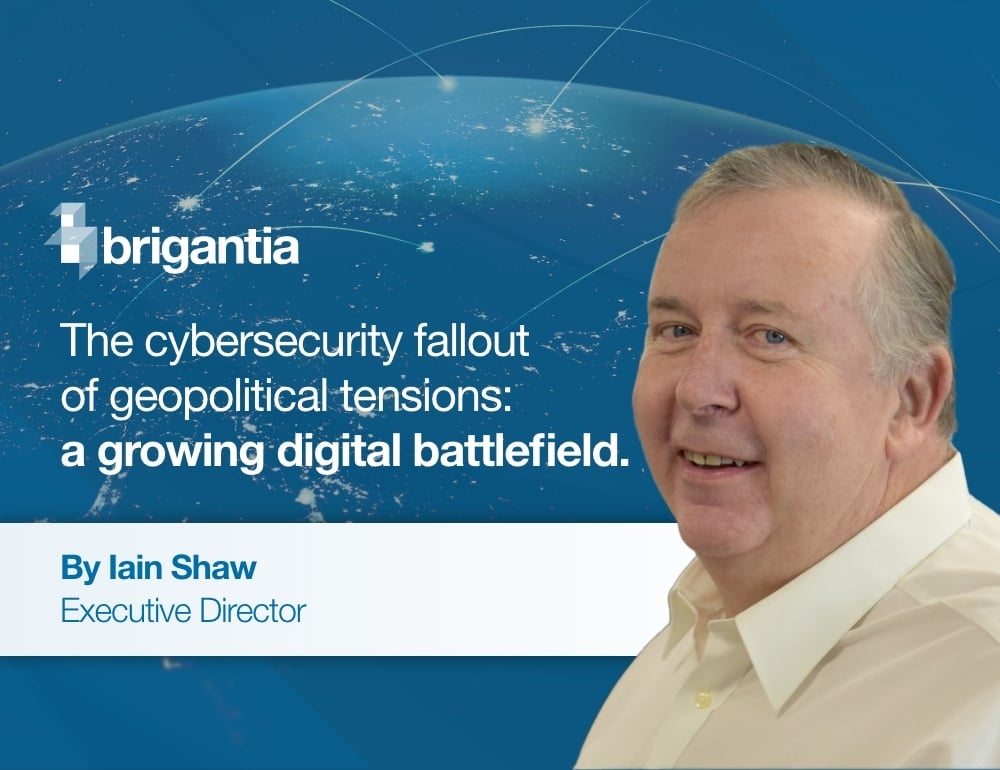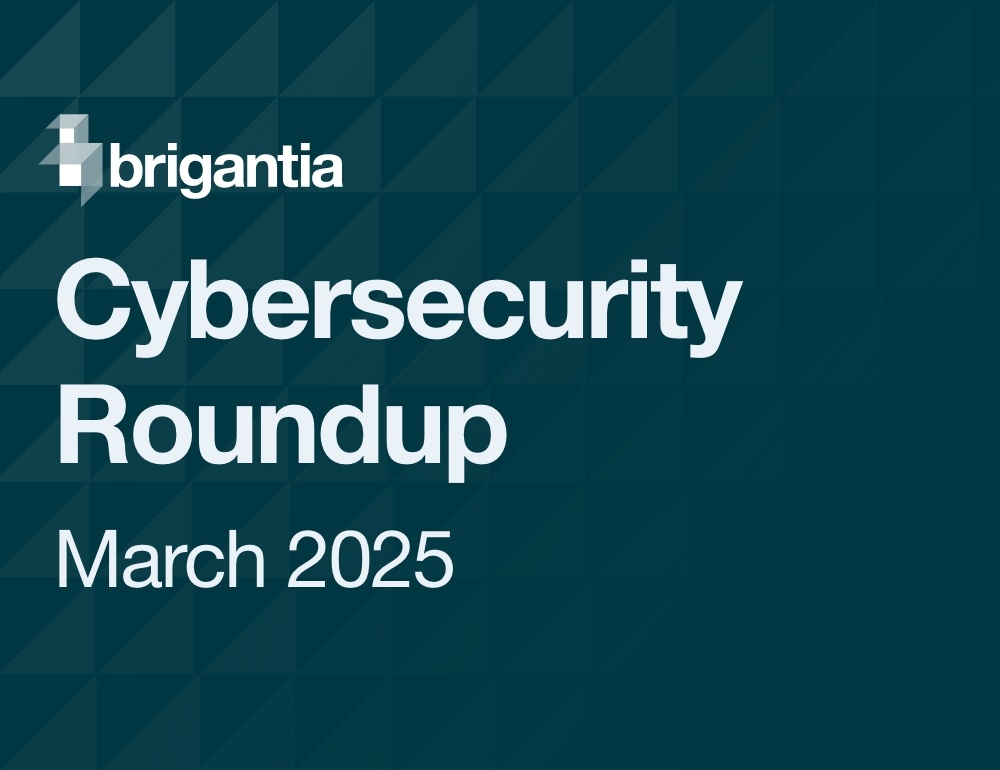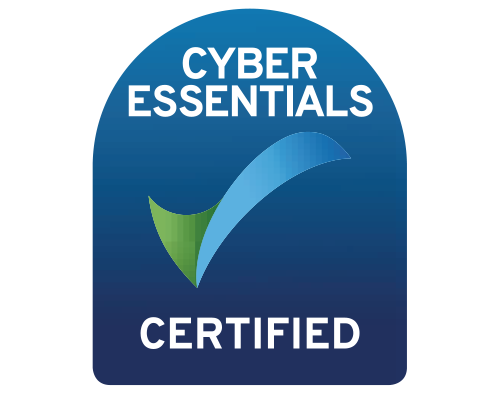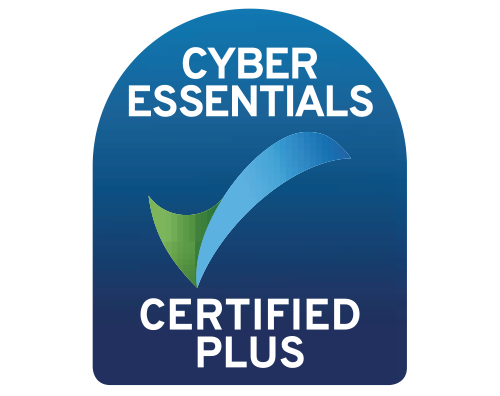In the not-so-distant past, locking our doors at night and keeping a careful watch on our wallets were the gold standards of personal security. These practices were ingrained into our daily routines, taught from one generation to the next as essential habits for personal safety. As our lives extend steadily further into the online realm, we must also adopt the equivalent digital skills to keep us safe.
Traditionally, personal security measures have focused on physical protection—locking the doors of our homes, securing our vehicles, and guarding our personal belongings, especially in public places. These actions are driven by a clear understanding of the risks involved: theft, burglary, and personal safety. The guidelines for these protective measures are relatively straightforward and widely understood, often passed down through straightforward advice like "don’t talk to strangers" or "keep your valuables out of sight."
However, as online technologies evolve and become increasingly pervasive, we have to understand that we are steadily becoming more exposed to a raft of new threats. Cybercrime started out as an obscure threat many years ago but as our lives have become more online, it has become a burgeoning concern for individuals worldwide. Just as we instinctively lock our doors, today’s digital citizens must learn to deploy cybersecurity services, manage complex passwords, and recognise phishing attempts. The risks are just as real but far less tangible than those that people have historically guarded against.
One of the most significant challenges in adopting cybersecurity measures is the invisibility of threats. Unlike a physical thief, cyber threats such as malware, ransomware, and identity theft are not immediately apparent and can often go unnoticed until substantial damage has occurred. This invisibility complicates education and prevention efforts, as the immediate risk is not always evident.
Educating the public about cyber threats is akin to teaching someone to look both ways before crossing the road; a fundamentally necessary habit that must become second nature. Organisations and governments have begun to tackle this through awareness campaigns, cybersecurity training in workplaces, and incorporating internet safety into school curriculums. Yet, the pace at which new threats develop often outstrips the speed of public education, leaving vulnerabilities that can be exploited.
To adapt to our new reality, individuals can take several practical steps:
- Update Software Frequently: Just as you check your oil level and tyre tread-depth on your car, keeping software up to date is important if you are to stay safe.
- Use Strong, Unique Passwords: Much like not leaving your house keys in the door when you come home, using strong, unique passwords for different accounts prevents unauthorised access. If you use an email address and password combination for several online accounts, if one service gets hacked, all the other accounts that share those details will be easy pickings for cybercriminals.
- Enable Multi-Factor Authentication: Adding an extra layer of security is akin to installing a deadbolt. If can add an authenticator code by using a tool such as Google Authenticator, then it is good practice to do so. That way, even if a criminal gets to know your email address and password, there is still another layer of security to block their attempts to access your accounts.
- Educate Yourself About Phishing and Other Cybercrime Techniques: Recognising the signs of cybercrime is akin to spotting a suspicious stranger; it is about knowing what doesn’t look right so that you can take the necessary precautions. Remember that you are responsible for the skills that you learn so take the initiative and find out what you need to do to stay safe. Remember that unlike the old practices such as locking your door, these threats are always evolving so to avoid becoming a victim you will need to stay up to date with your cybercrime knowledge.
For both those that have grown up around technology and older people to who this all seems rather baffling, the principal requirements of vigilance and education are vital. Like locking our front doors, cybersecurity must become something we consider as everyday common sense. In an era where data can be just as valuable as physical assets, it is important that everyone knows how to take care of themselves, their organisations, and those they care about.






